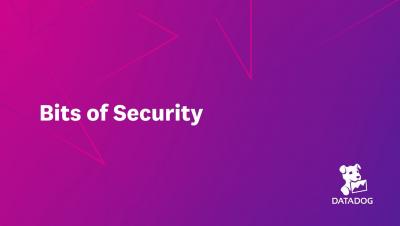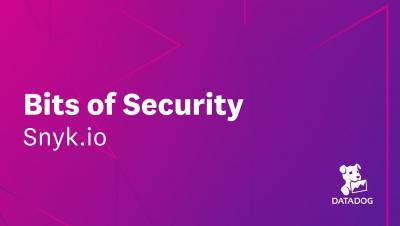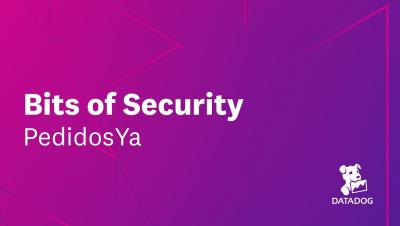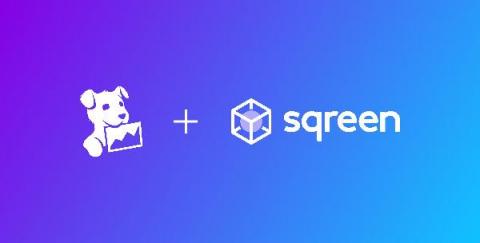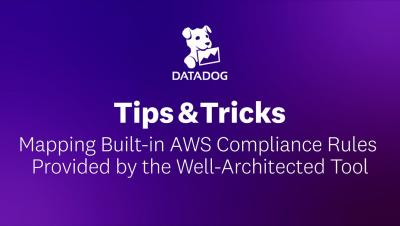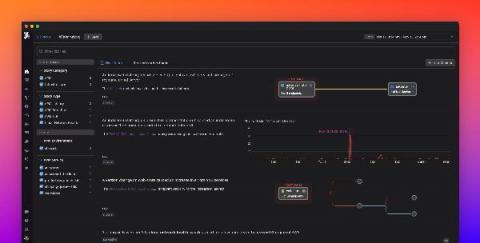Security | Threat Detection | Cyberattacks | DevSecOps | Compliance
Datadog
Bits of Security
Bits of Security, Snyk.io: Stranger Danger: Finding Security Vulnerabilities Before They Find You!
Bits of Security, PedidosYa: Fraud Detection using Datadog and Sherlock
Datadog acquires Sqreen to strengthen application security
We began our security journey last year with the release of Datadog Security Monitoring, which provides runtime security visibility and detection capabilities for your environment. Today, we are thrilled to announce that Sqreen, an application security platform, is joining the Datadog team. Together, these products further integrate the work of security, development, and ops teams—and provide a robust, full-stack security monitoring solution for the cloud age.
Mapping Built-in AWS Compliance Rules Provided by the Well-Architected Tool | Datadog Tips & Tricks
Datadog achieves FedRAMP Moderate Impact authorization
As government agencies accelerate migrating their operations to the cloud, they need to adhere to strict compliance and security standards. The Federal Risk and Authorization Management Program (FedRAMP) provides the standard that these agencies—and their private-sector partners—must meet to work and manage federal data safely in the cloud.
Automated root cause analysis with Watchdog RCA
Since 2018, Watchdog has provided automatic, machine learning-based anomaly detection to notify you of performance issues in your applications. Earlier this year, Watchdog started grouping APM anomalies across your services, allowing you to better understand the scope of the issue.
Key Kubernetes audit logs for monitoring cluster security
Kubernetes continues to be a popular platform for deploying containerized applications, but securing Kubernetes environments as you scale up is challenging. Each new container increases your application’s attack surface, or the number of potential entry points for unauthorized access. Without complete visibility into every managed container and application request, you can easily overlook gaps in your application’s security as well as malicious activity.
Best practices for monitoring authentication logs
If you are running a user-facing web application, you likely implement some form of authentication flow to allow users to log in securely. You may even use multiple systems and methods for different purposes or separate groups of users. For example, employees might use OAuth-based authentication managed by a company-provided Google account to log in to internal services while customers can use a username and password system or their own Google credentials.



